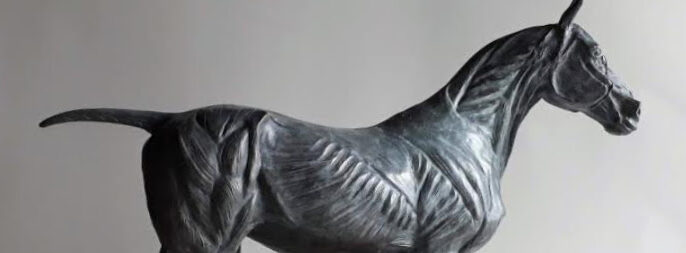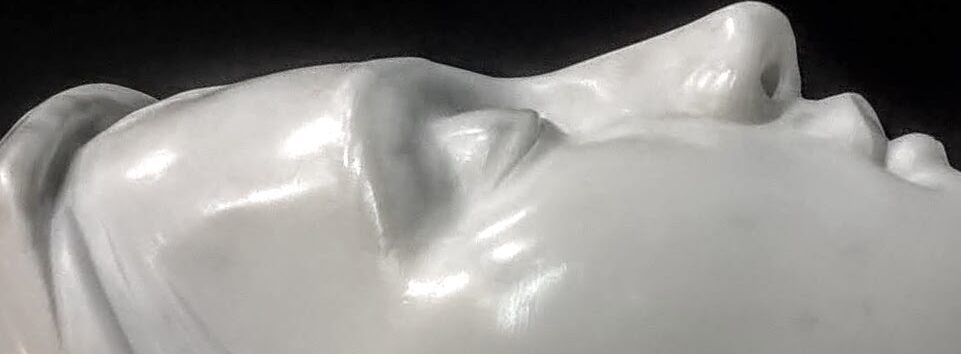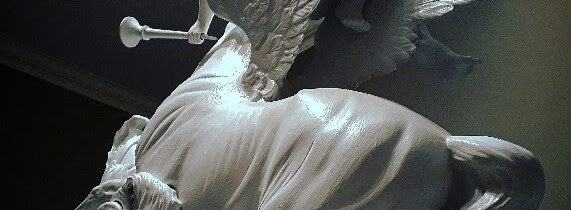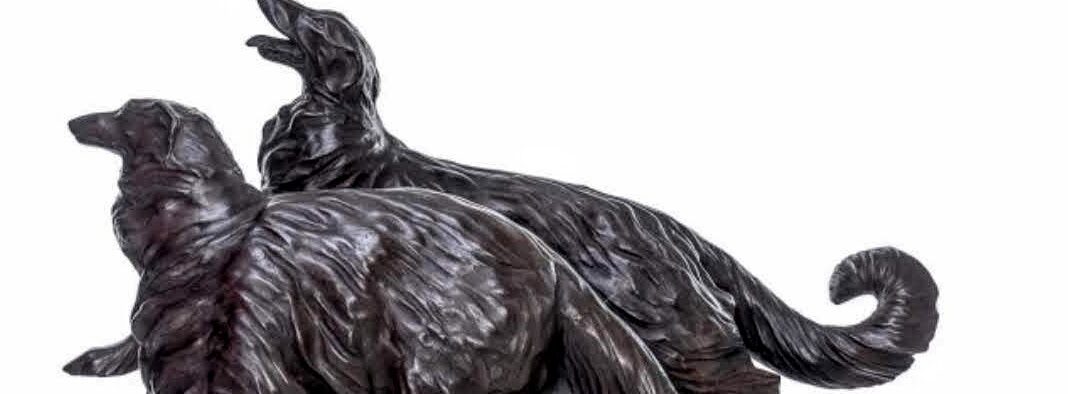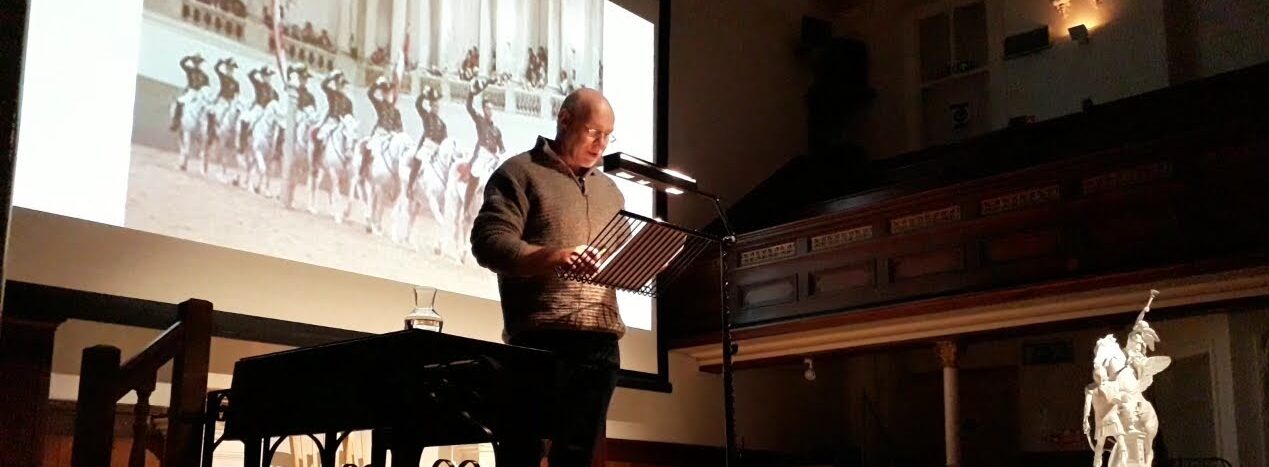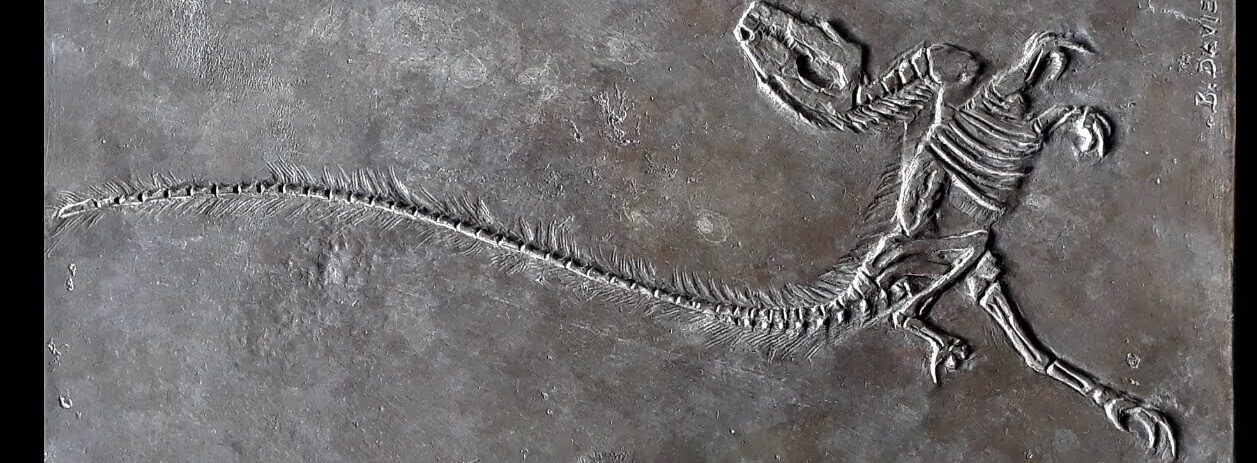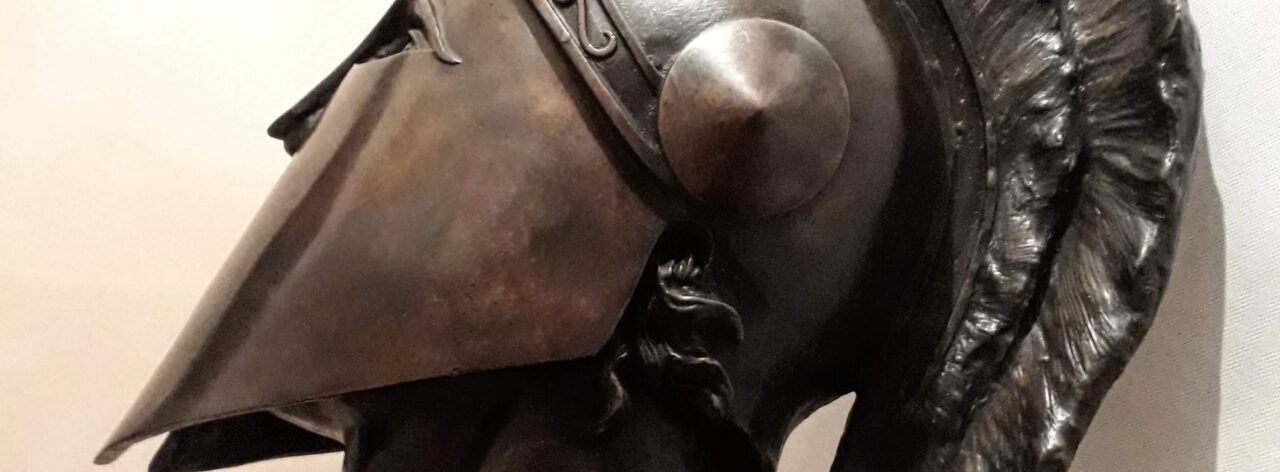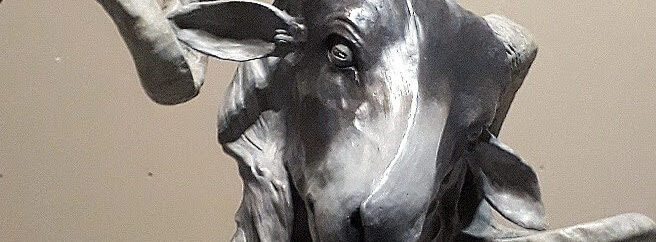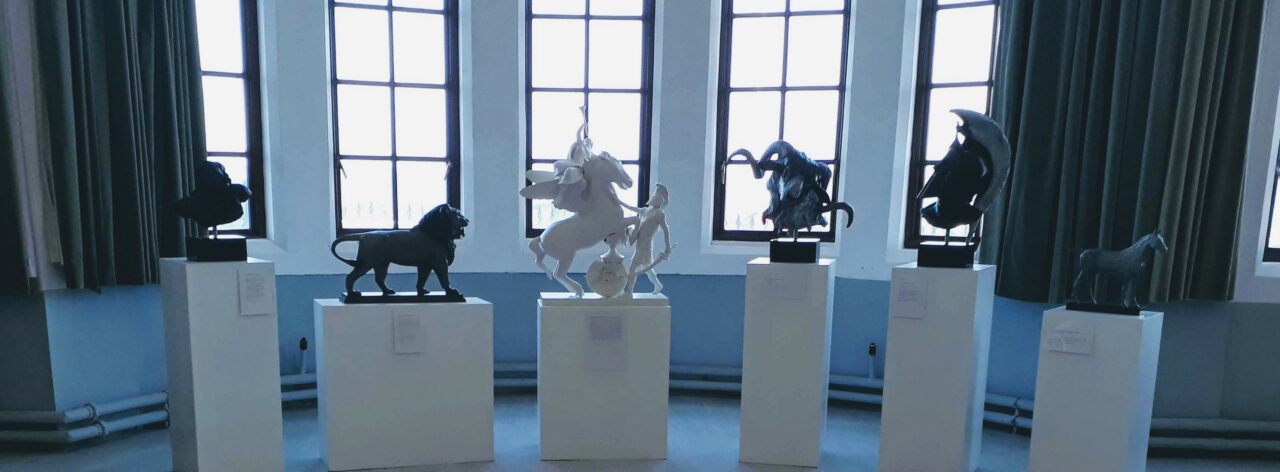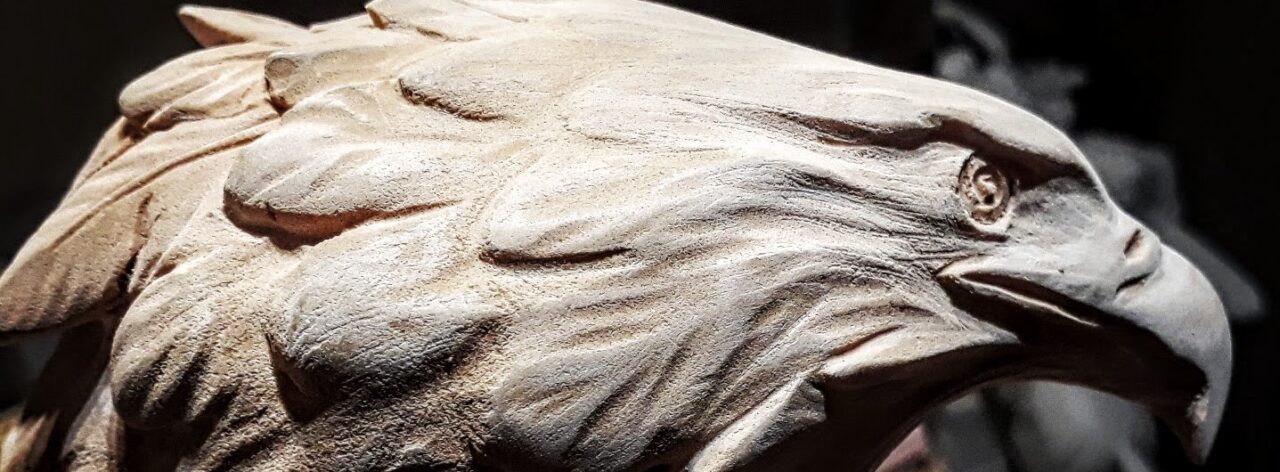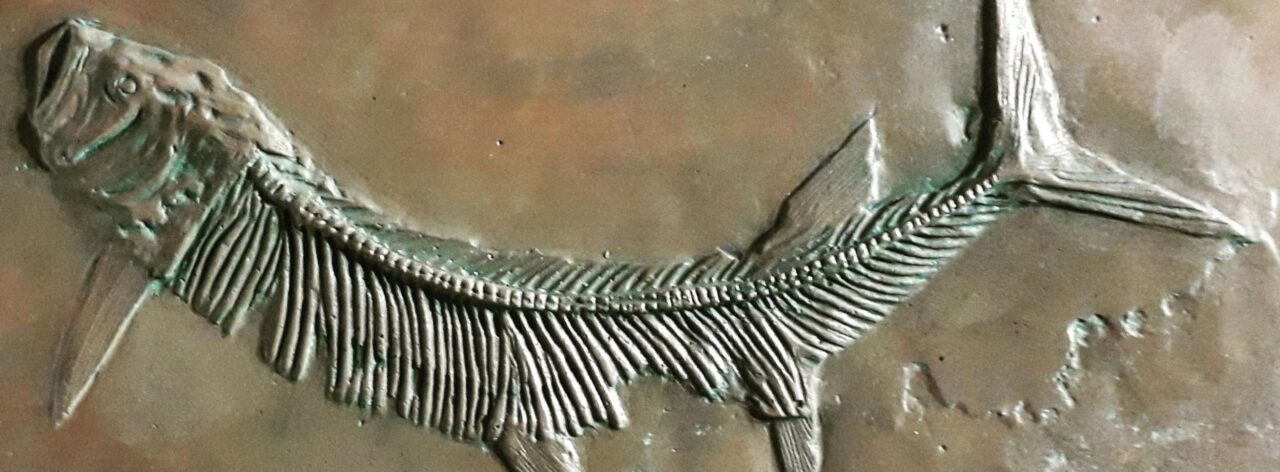Critique
International Confederation of Art Critics
Figurative bronze sculptures depicting subject matter from Palaeontology, Anthropology and Natural History with an anatomically precise and thoroughly researched approach, supported by mathematical applications and my artistic interpretation.
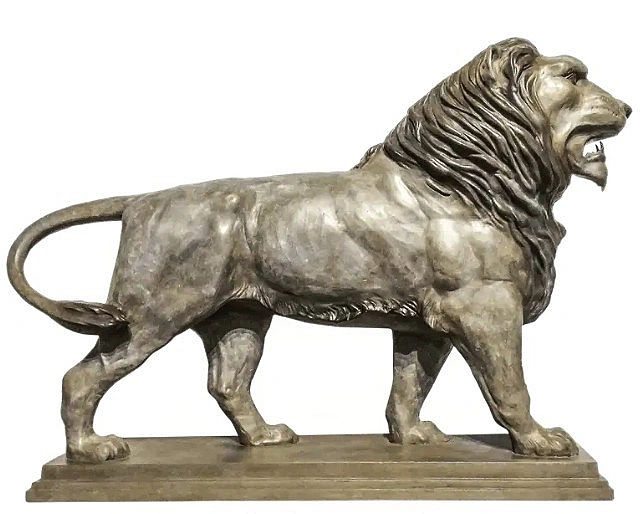
“Barry Davies, a sculptor able to state the strength of a regal animal as the lion – a spectacular triumph of elegant details and an intrinsic dynamism are the main features of this artwork, homage not only to the world of art, but to the world of nature and its creatures”
Salvatore Russo – Art critic and curator
EA Editore
‘Contemporaries at Uffizi’,
Uffizi Gallery,
Florence.
What is distinct, and a common thread throughout all of my work is that I construct the sculpture from the skeletal frame up. To exemplify this further, I built the St David statue literally starting with his skeleton, then slowly adding the muscles, tendons, ligaments and skin correctly and methodically to achieve the correct body conformation and stance of a 60 year old Bishop.
Similarly, relating to my relief sculptures of palaeontology – Xiphactinus for example, where only a representation of the skeleton exists and is required, then attention to the bone structure here is not just copied from a fossil but researched, checked and checked again for its accuracy, no different from that of St.David, where only after this is achieved can the clothing on St.David be added, layer by layer to the finished sculpture.
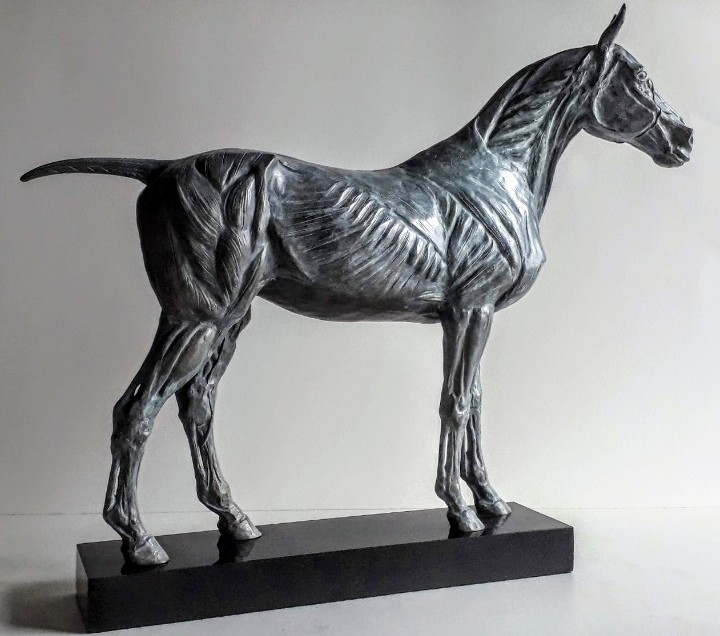
“Davies combines ancient and extant attributes with an inherent and fundamental perspective that seems to herald shared philosophical intentions with Auguste Rodin. Certainly, Davies and Rodin display a common interest in anatomy, both human and animal, and place a strong importance on muscular function and the body’s physical reaction to movement at the forefront of every one of their entrancing creations.“
Timothy Warrington
International Confederation of Art Critics
London
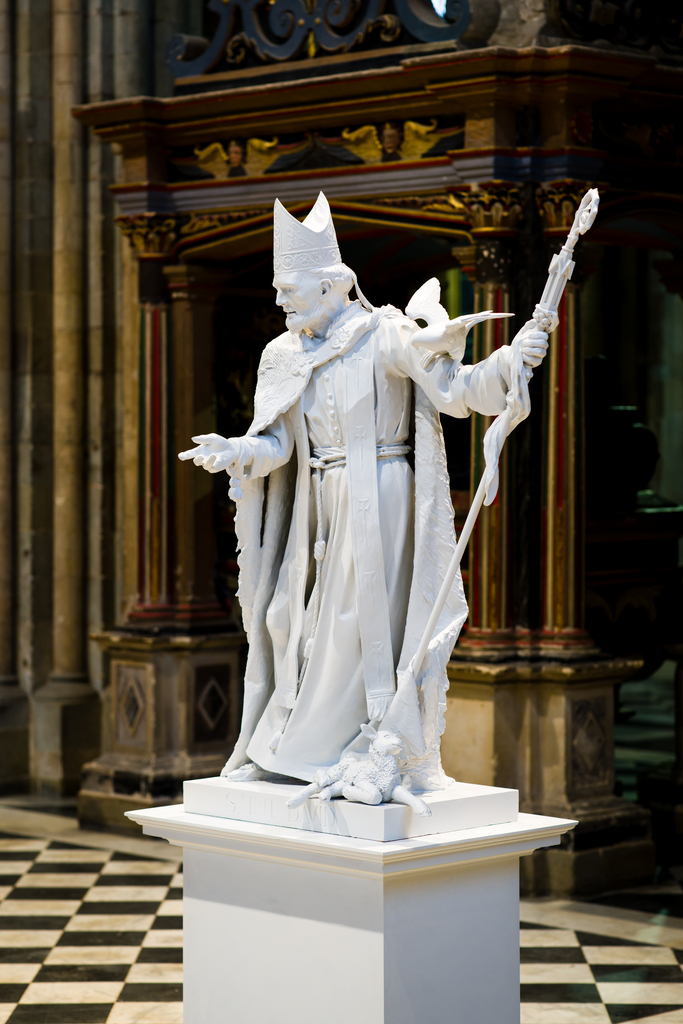
Barry Davies – Artist Statement
“My concept is to capture a moment of heightened emotion and thought depicted through contrapposto and an active use of space.
The sculptures I create must convey a boldness and dynamic physical presence combined with a sense of movement and elegance. My passion for studying human and animal anatomy has allowed me to portray an emotional almost electrifying event through the muscular tensions within a body or a piercing glare in response to surprise.
When proportioning my work at the design stage I consistently use Phidias’, Golden Ratio 1:1.618 and the Fibonacci sequence, two discoveries from the ancient world and early renaissance respectively found to be prevalent in nature. If natural history has provided the sculptor with species to depict where within them mathematics exists as an integral part of their form then I believe it’s for the sculptor to identify and understand this and calculate it in his work. Only with this approach will the sculptor achieve an accurate depiction.
The other sciences I’m passionate about are Palaeontology and Evolutionary Anthropology both of which offer a plethora of subject matter for my sculpture allowing me to bridge the gap between science and art at the same time offering me limitless artistic expression.”
